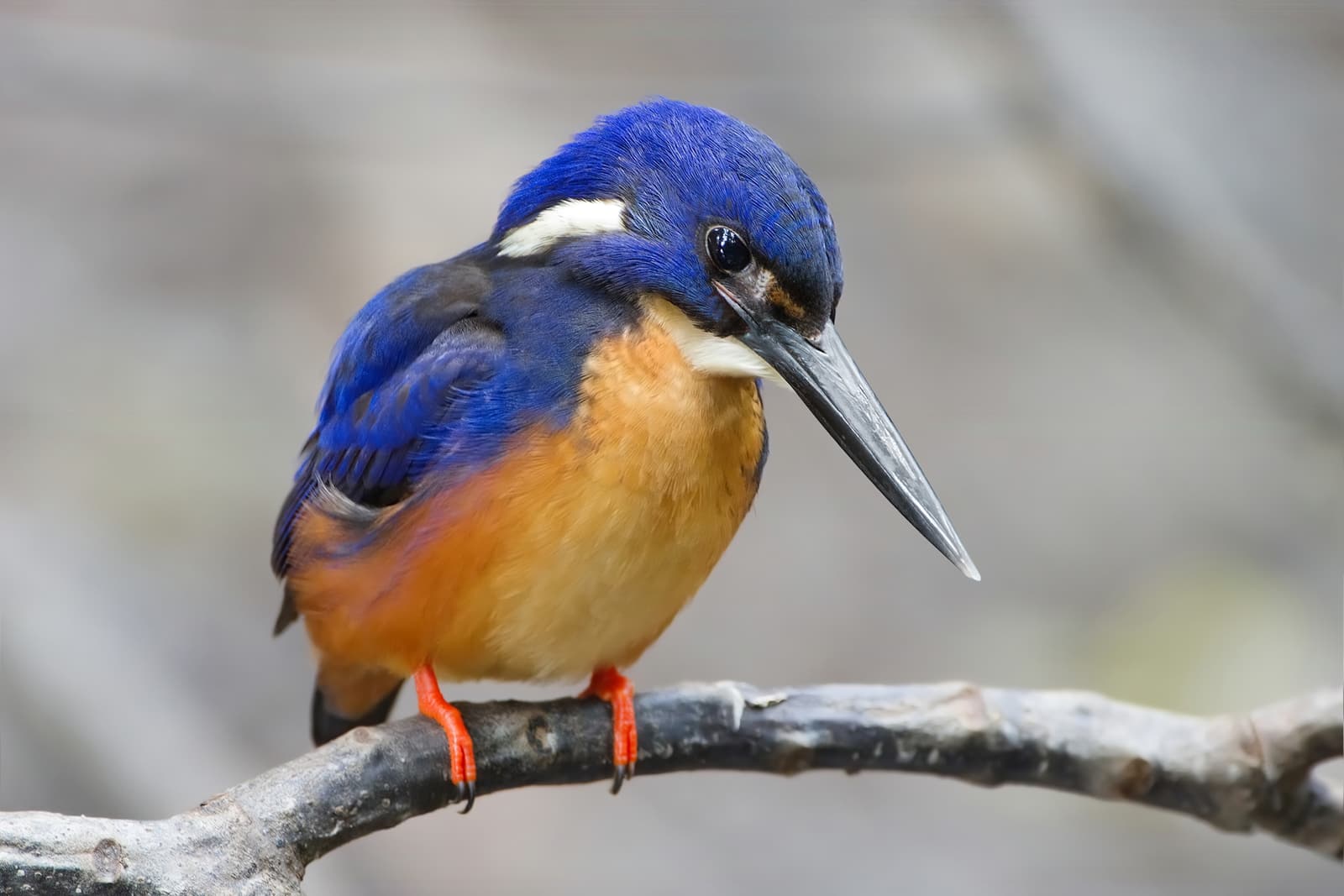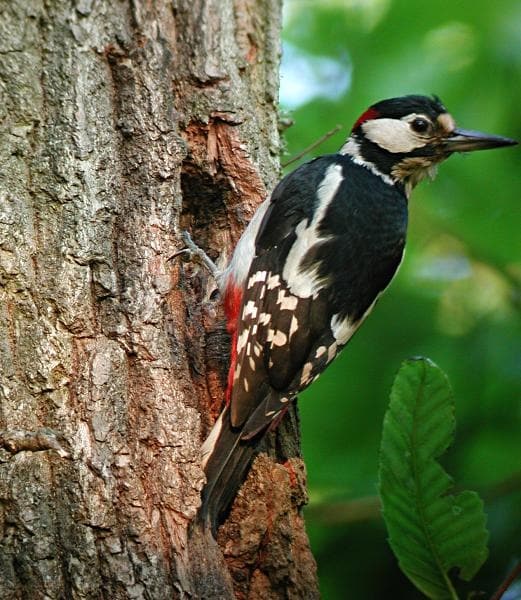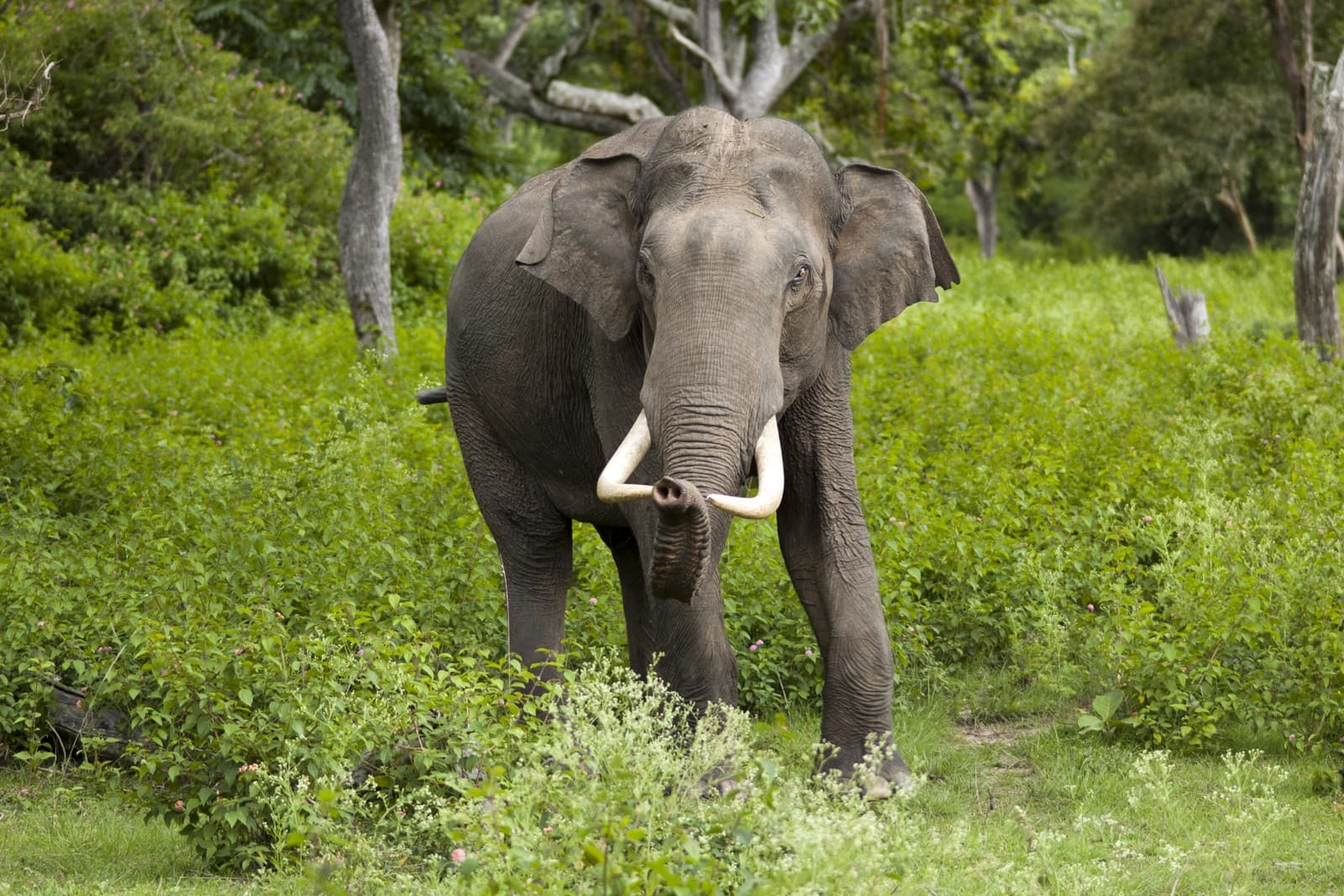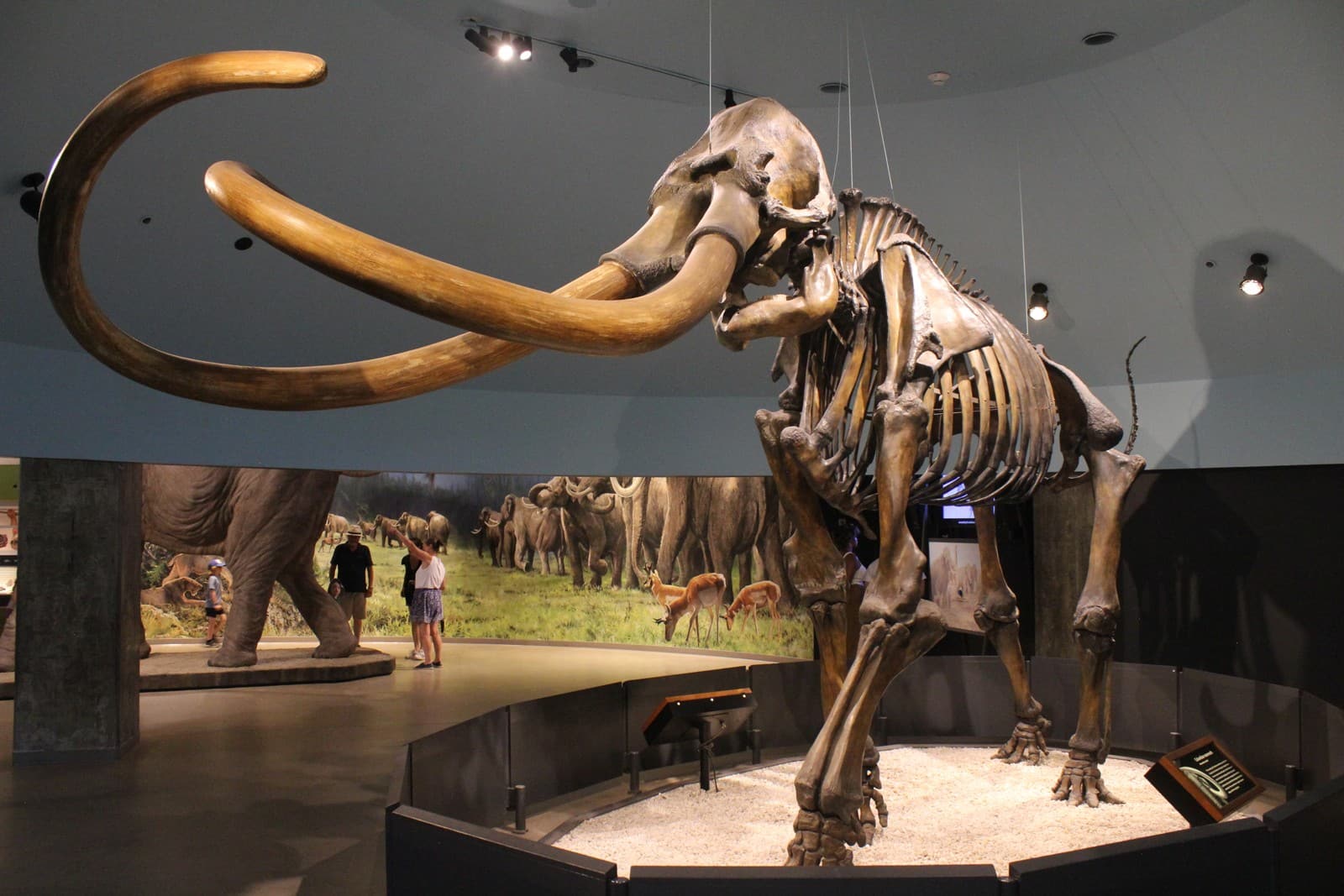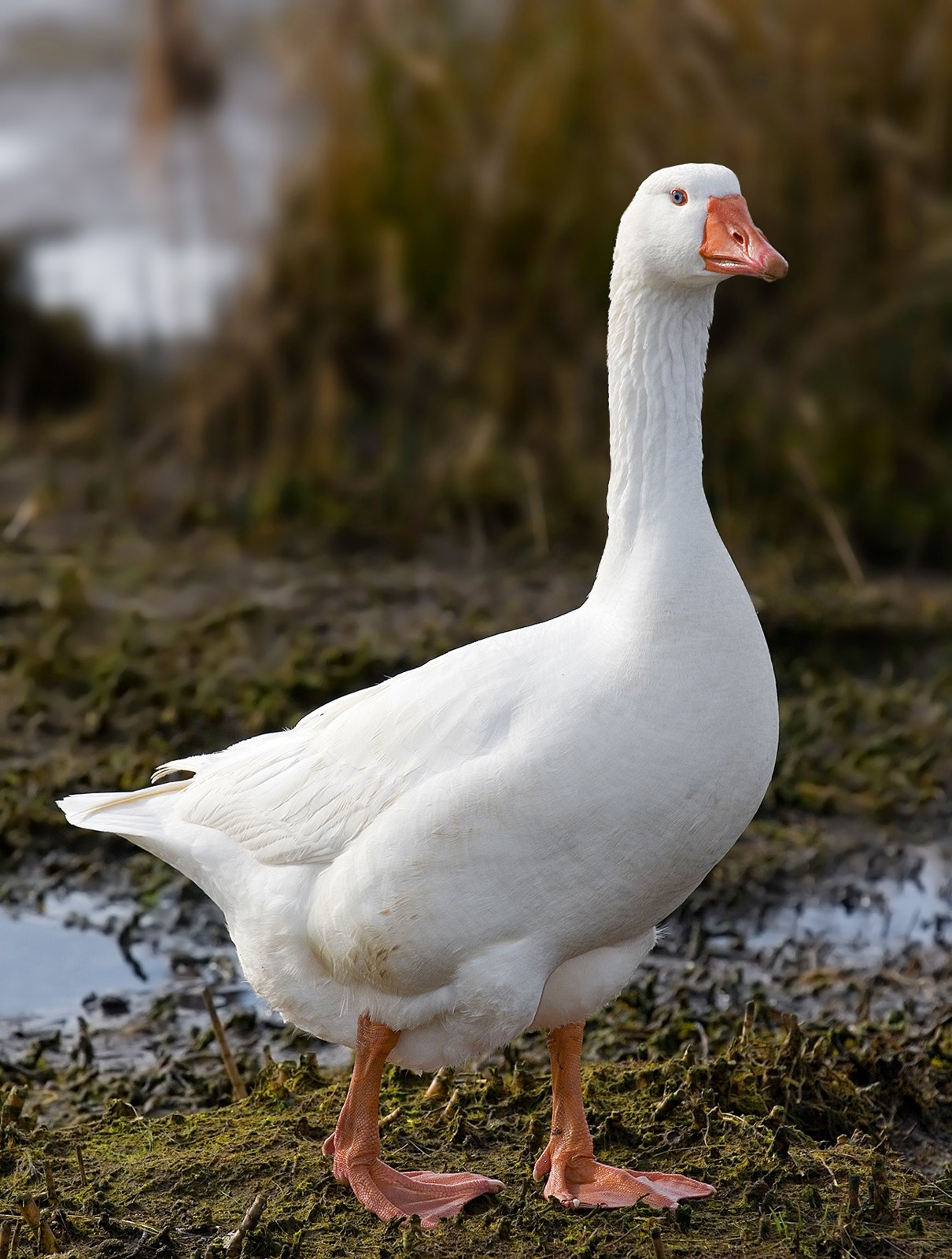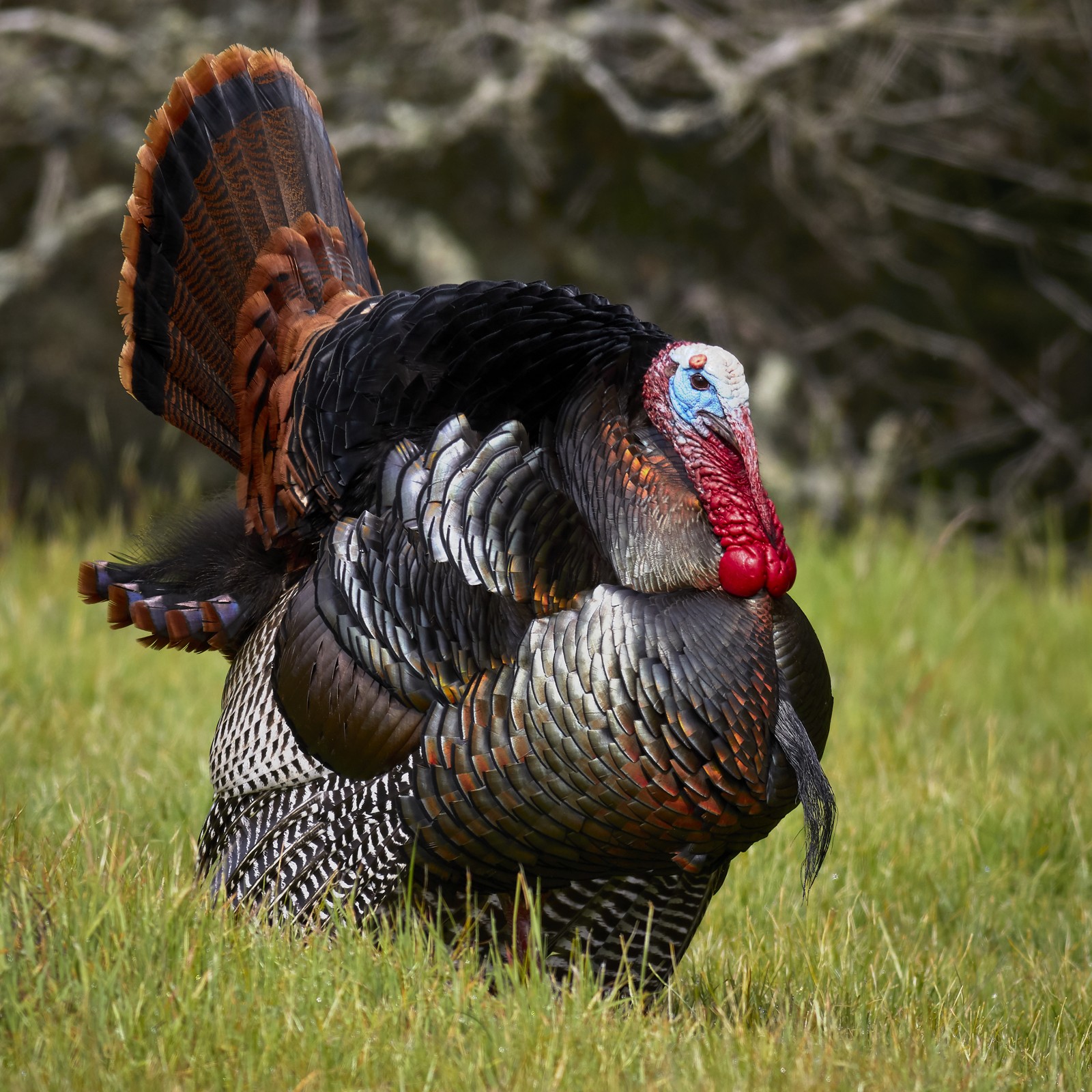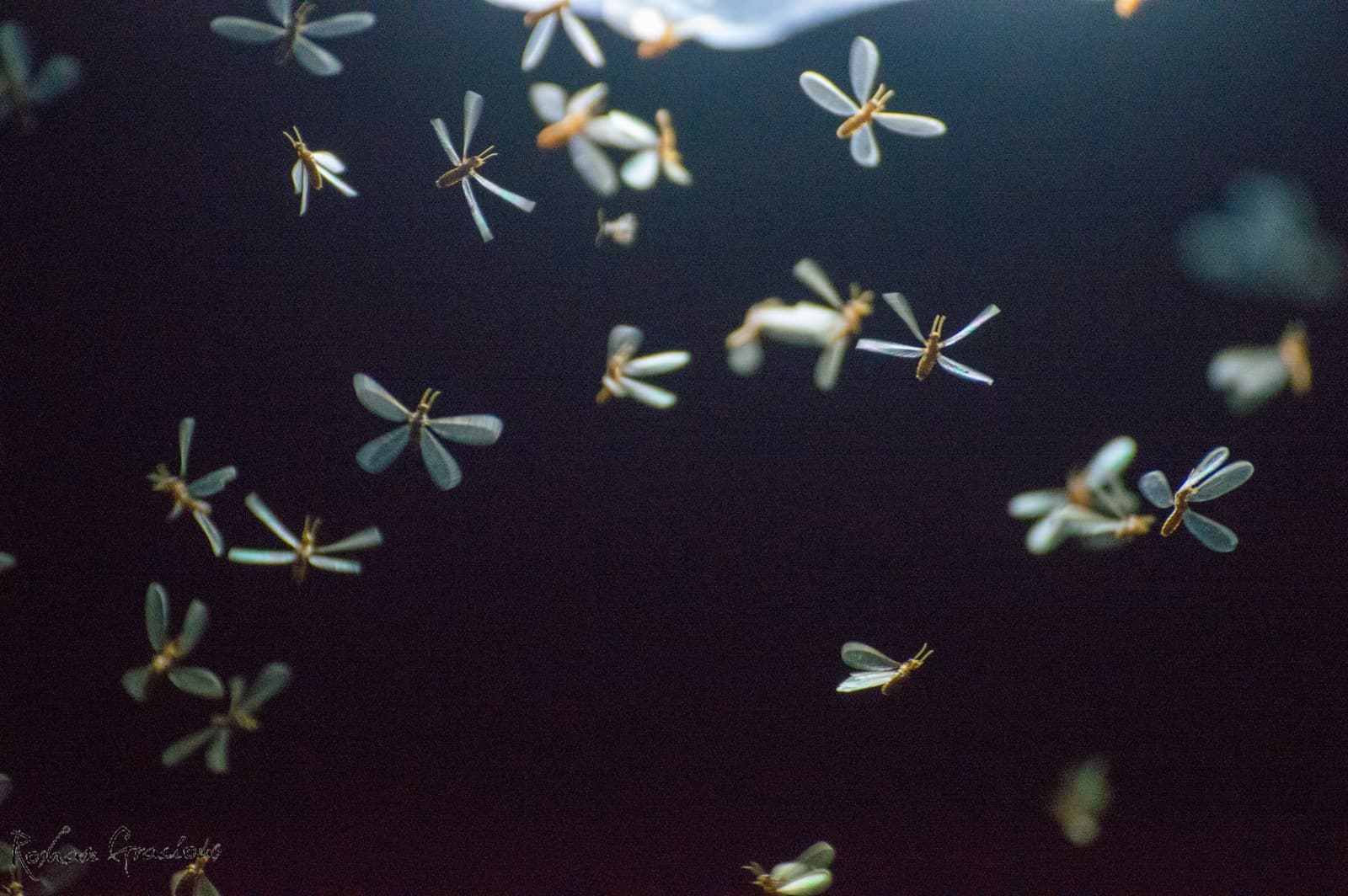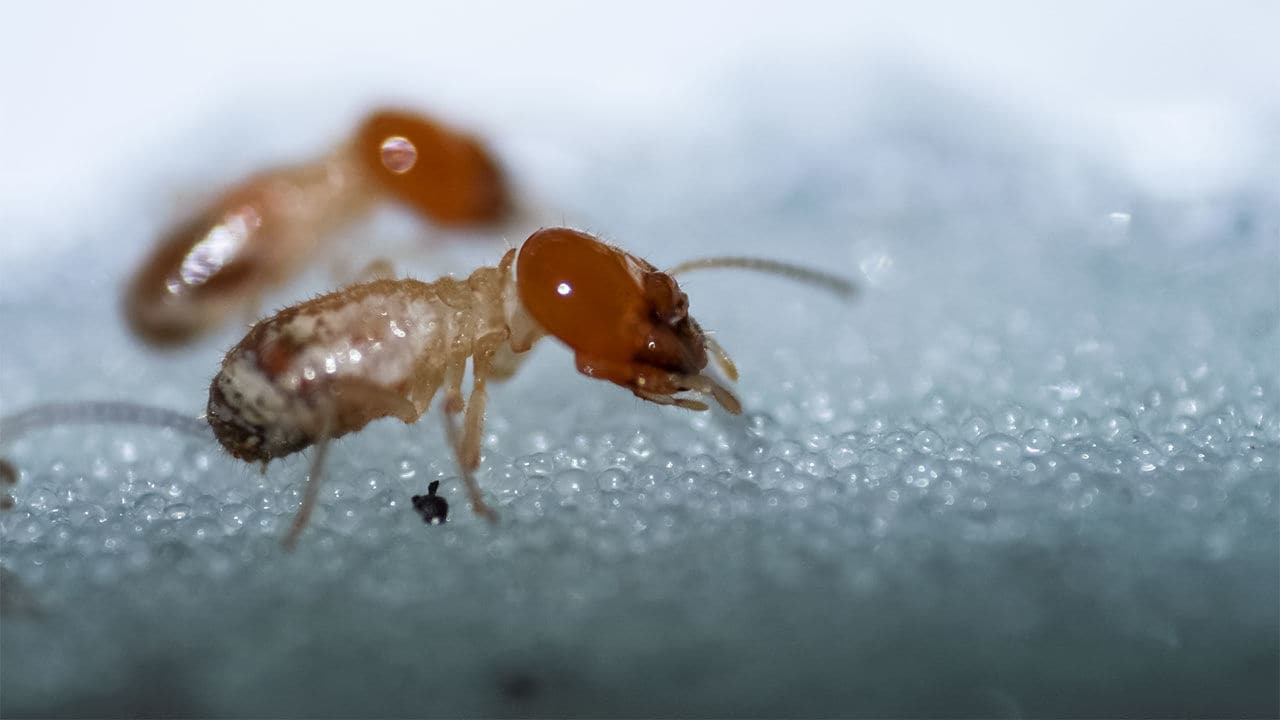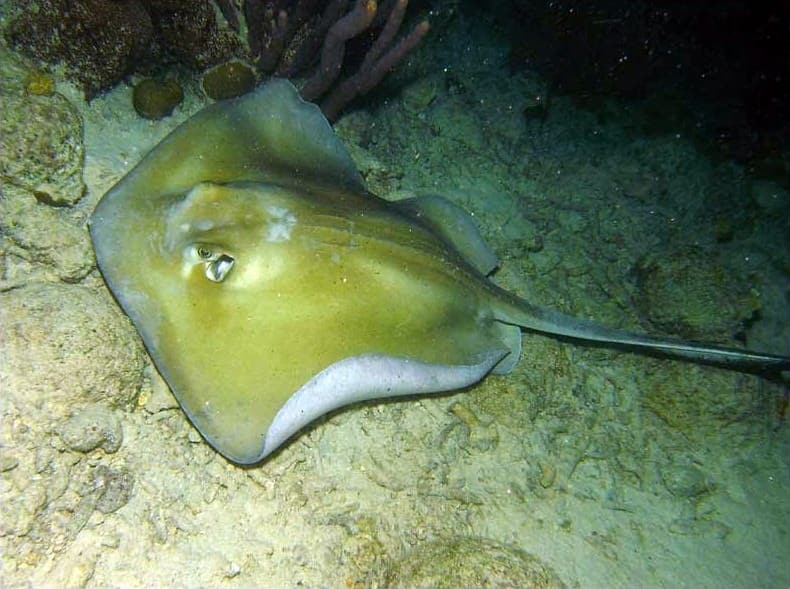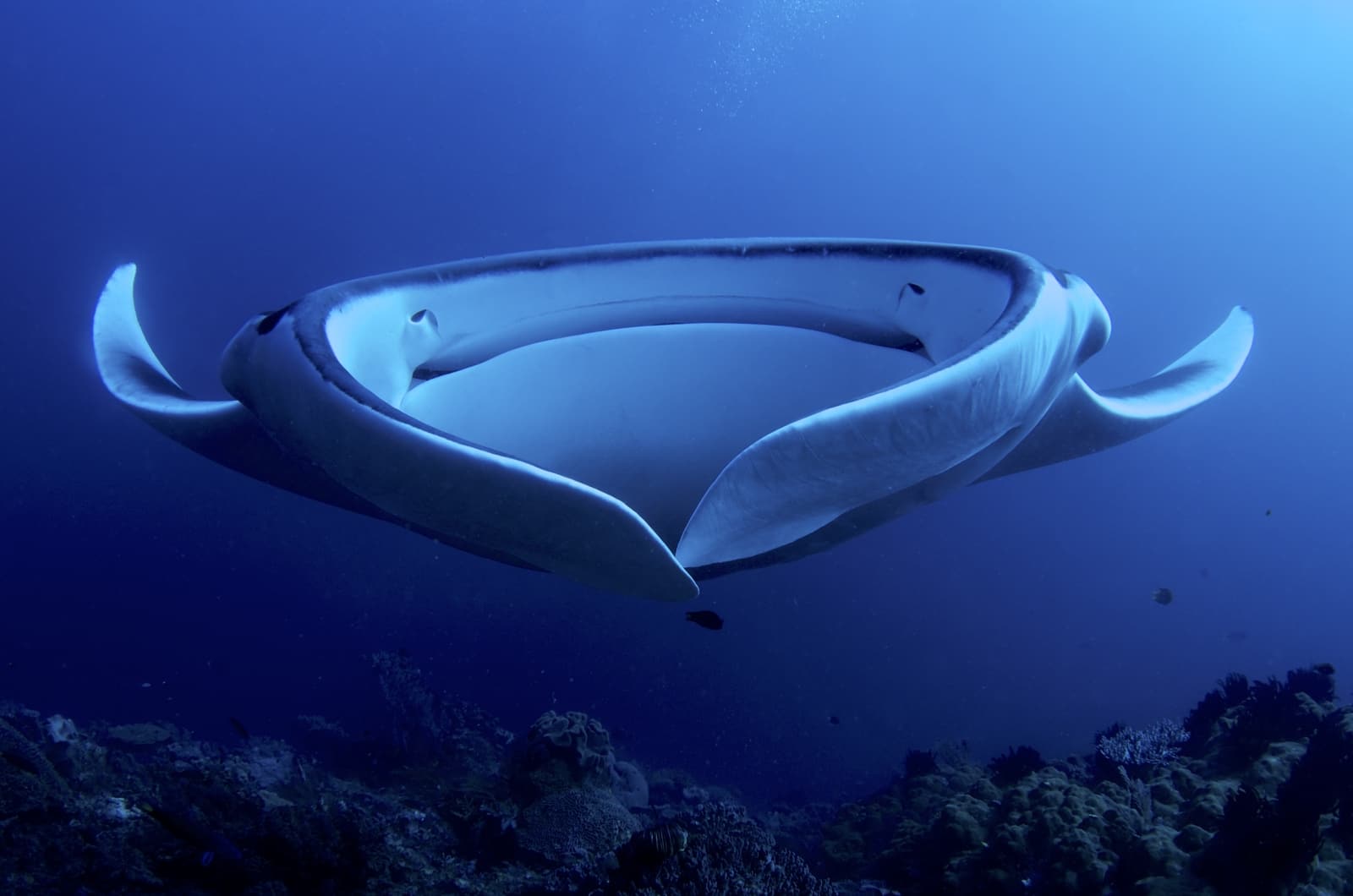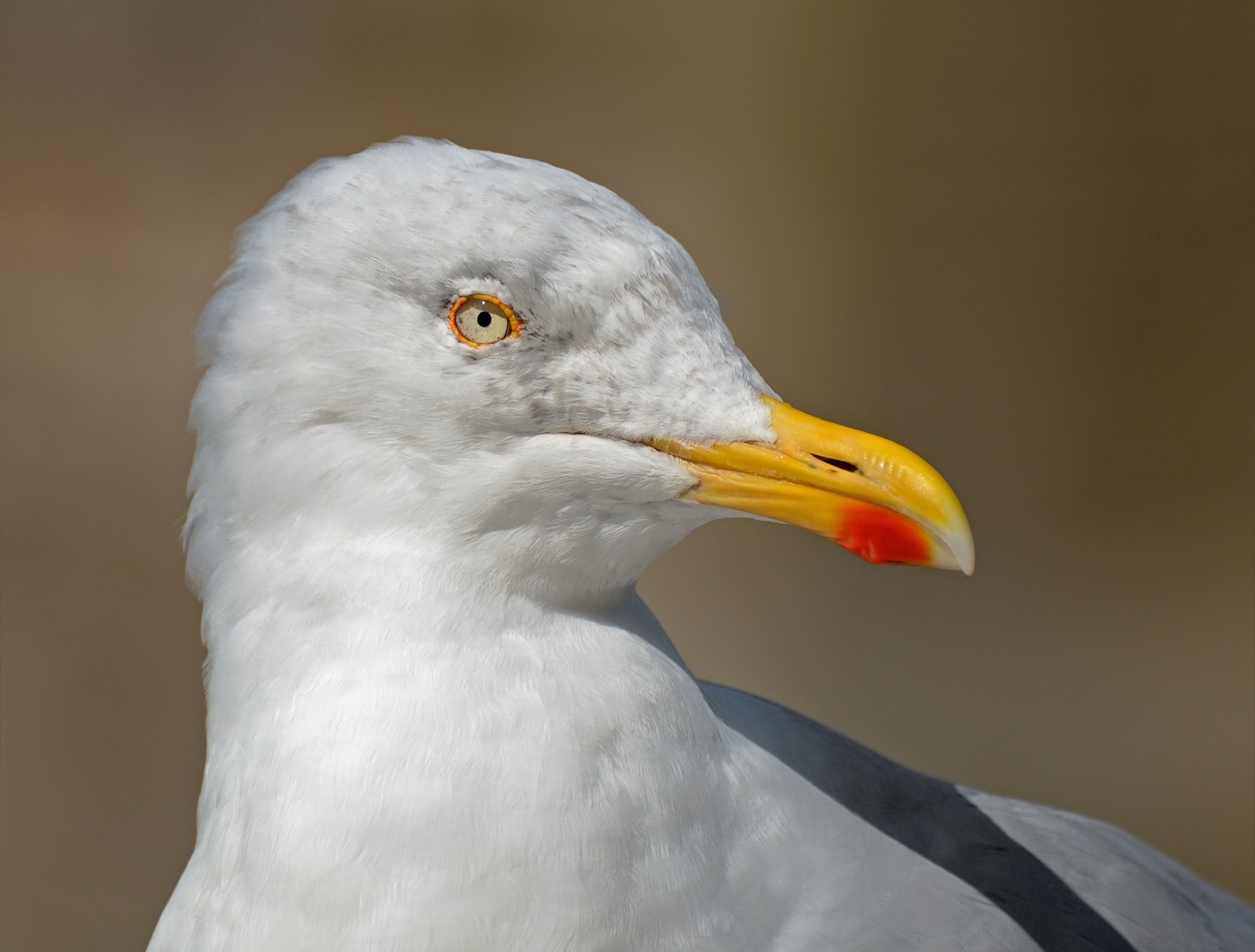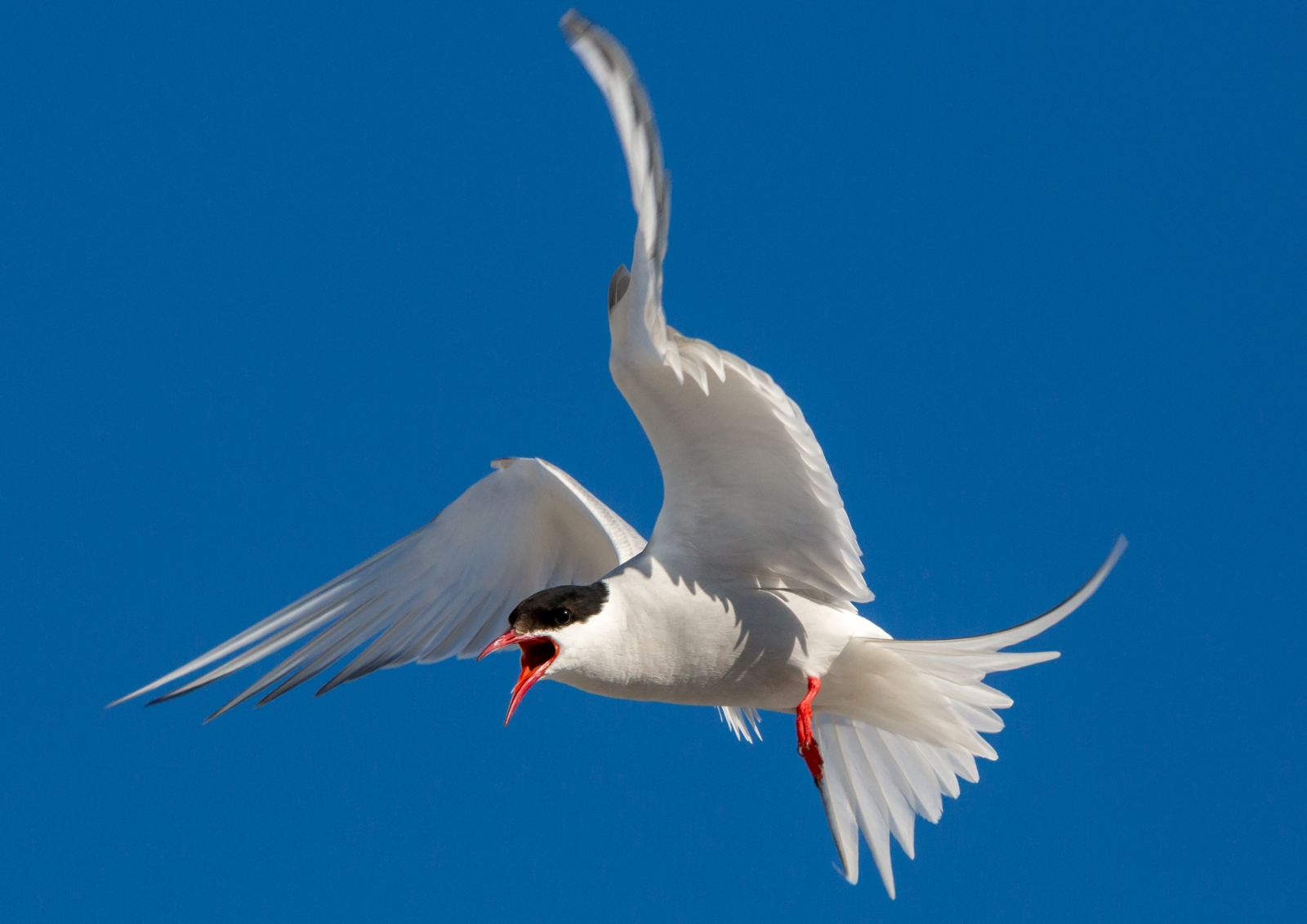Woodpecker vs Flicker: A Complete Comparison
While both Woodpeckers and Flickers belong to the Picidae family, these remarkable birds exhibit distinct differences in their appearance, behavior, and feeding habits. The typical woodpecker spends 85% of its time on vertical tree surfaces, while Flickers spend up to 60% of their foraging time on the ground – a unique characteristic that sets them apart from their tree-dwelling cousins.
When comparing Woodpecker vs Flicker characteristics, the most notable distinction lies in their feeding strategies. Woodpeckers primarily drill into wood for insects, while Flickers frequently probe the soil for ants and beetles, consuming up to 5,000 insects per day during peak feeding periods.
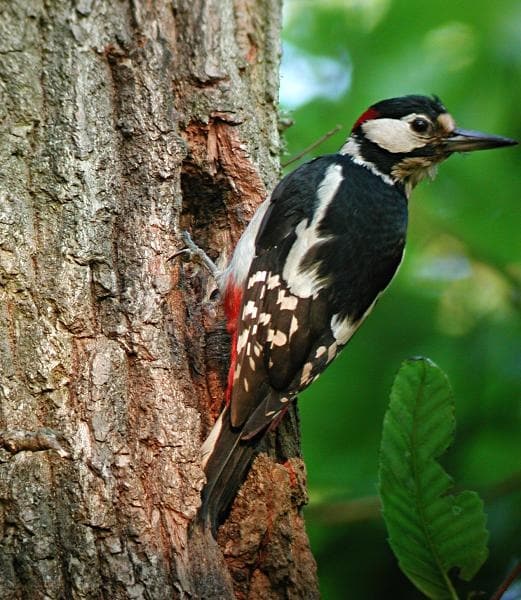
© André Chatroux / FAL
The Great Spotted Woodpecker exemplifies classic woodpecker characteristics with its striking black and white plumage and specialized vertical climbing adaptations. These master carpenters of the forest can deliver up to 20 strikes per second when drumming.
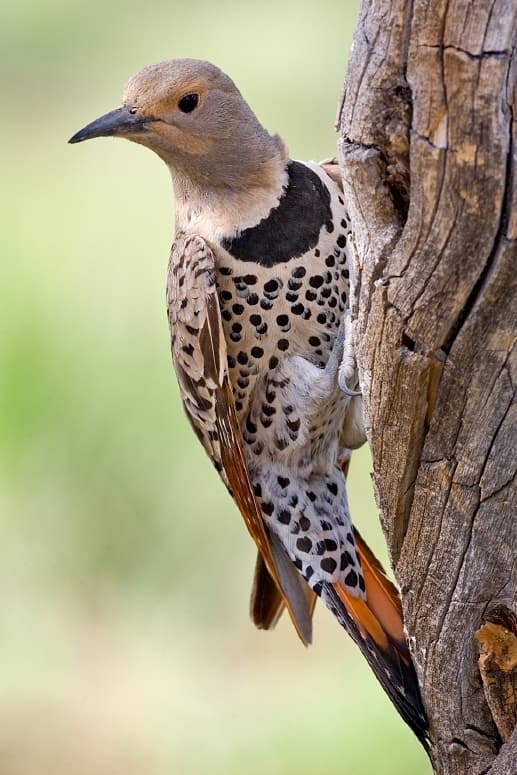
© Nature's Pic's (www.naturespicsonline.com) / Attribution
The Northern Flicker showcases its distinctive spotted pattern and ground-feeding adaptations, setting it apart from typical woodpeckers. Note the characteristic black bib and spotted underparts that distinguish Flickers from their woodpecker relatives.
Key Differences: Woodpecker vs Flicker
| Feature | Woodpecker | Flicker |
|---|---|---|
| Size | 6-10 inches (15-25 cm) | 11-14 inches (28-36 cm) |
| Primary Food Source | Wood-boring insects | Ground insects, especially ants |
| Foraging Behavior | Drilling in trees | Ground probing and tree climbing |
| Plumage Pattern | Bold black and white | Brown with spots and bars |
| Habitat Preference | Dense woodlands | Open woodlands and urban areas |
| Drumming Rate | Up to 20 hits/second | 15-16 hits/second |
Feeding Habits and Behavior
Woodpeckers are primarily arboreal feeders, spending most of their time drilling into tree bark and wood to extract insects. Their specialized skull structure can withstand forces of up to 1,000 times the force of gravity during drilling. Flickers, conversely, have evolved to be ground-feeders, with longer, slightly curved bills adapted for probing soil and ant colonies.
Habitat and Distribution
While both species inhabit wooded areas, Woodpeckers prefer dense forests with abundant dead trees for nesting and feeding. Flickers show more adaptability, thriving in open woodlands, parks, and suburban areas. Their ground-feeding habits allow them to utilize a broader range of habitats.
Physical Adaptations
Both species share common woodpecker family traits, including:
- Zygodactyl feet (two toes forward, two backward)
- Stiff tail feathers for climbing support
- Specialized skull anatomy for drumming
However, Flickers have developed additional adaptations:
- Longer, more curved bills for ground probing
- Stronger neck muscles for ant-eating
- Enhanced ground mobility compared to typical woodpeckers
Who Would Win in a Territorial Dispute?
In territorial confrontations, Flickers typically dominate due to their larger size (11-14 inches vs 6-10 inches for most woodpeckers) and more aggressive territorial behavior during breeding season. Studies show Flickers successfully defend their nesting cavities against other woodpecker species 73% of the time.
Conservation Status and Threats
Both species face similar challenges from habitat loss and climate change. However, Flickers show greater resilience due to their adaptability to urban environments and diverse feeding strategies. Woodpeckers, being more specialized, often require specific habitat conditions for survival.
Tips for Identification
To distinguish between Woodpeckers and Flickers in the field:
- Observe foraging location (trees vs ground)
- Note plumage patterns (bold vs spotted)
- Check for the presence of a black bib (characteristic of Flickers)
- Watch flight patterns (direct vs undulating)
- Listen for distinctive calls and drumming patterns
Understanding these differences helps bird enthusiasts appreciate the unique adaptations and ecological roles of these fascinating forest drummers.
